Nurse Plants and Cactus
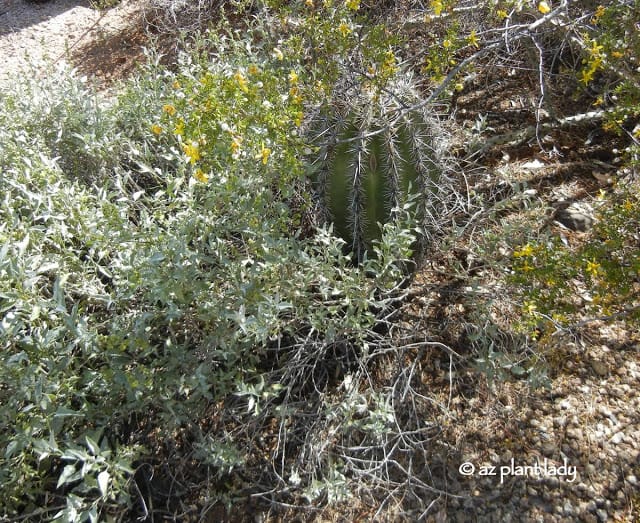
Young saguaro cactus were peeking out from its bursage nurse plant.
As you walk through the desert, there are many opportunities to view some of the striking cacti and their unique shapes. What is not initially apparent, are the many examples of plants helping young cacti survive. However, if you look closely, it is all around you – desert shrubs and trees sheltering growing cacti from the harsh desert climate.
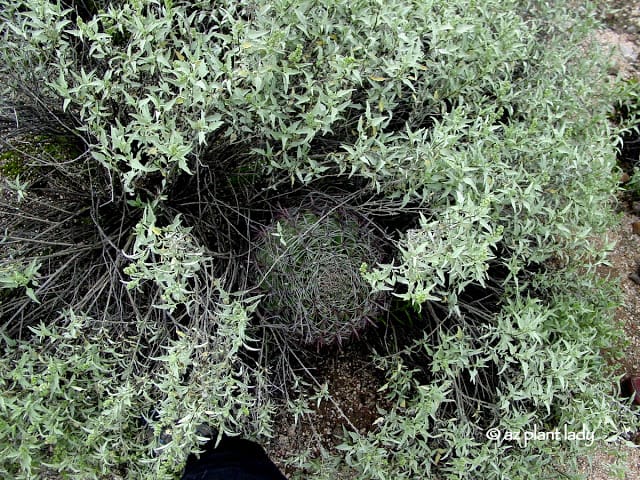
Young barrel cactus underneath a bursage nurse plant
Despite their tough, prickly appearance, cactus are quite vulnerable. Of the thousands of seeds that are released by each cactus, only a tiny fraction grow into new cactus plants. Most would not survive if it were not for “nurse plants.” These plants provide much-needed protection from the sun, cold temperatures and predators (including humans). Nurse plants also provide much needed additional moisture for the new cacti.
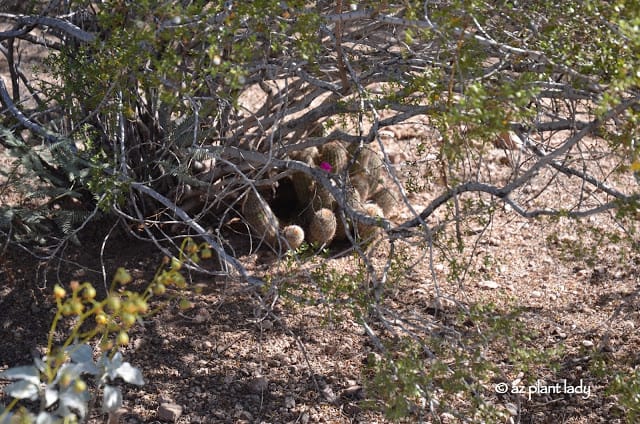
Mammillaria microcarpa
It is easy to walk by and not even notice the presence of the small cacti growing underneath nurse plants. Most of the year, the fishhook cactus (Mammillaria microcarpa), pictured above, are almost impossible to see. It is only in the spring when they are blooming that you can spot them.
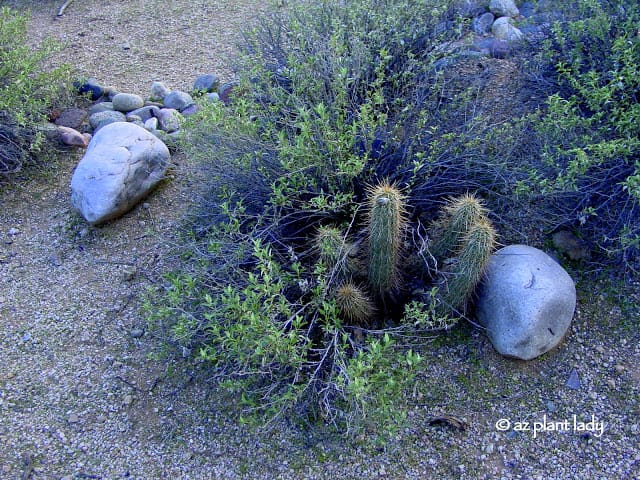
Hedgehog cactus outgrowing it’s bursage nurse plant.
For the smaller cacti species, bursage (Ambrosia deltoidea) most often serves as the nurse plant. It also often serves as the first nurse plant for saguaro cacti.
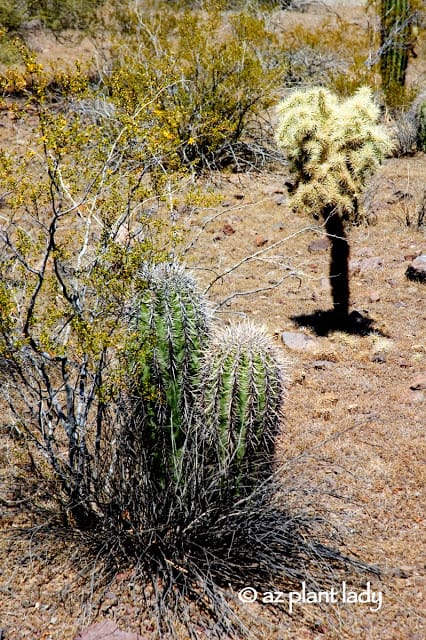
Two young saguaro cacti outgrowing their creosote and bursage nurse plants
Creosote (Larrea tridentata), palo verde, mesquite or ironwood trees often serve as the nurse plants for larger species of cacti. As it grows larger, it requires more water and nutrients from the soil, which leaves little for the nurse plant. So frequently, the nurse plant will decline and die as you can see from the photo above.
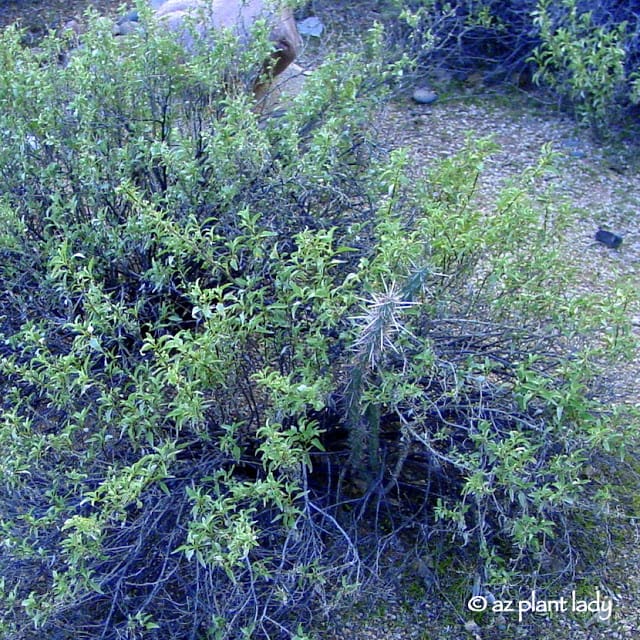
Young buckhorn cholla emerging from its bursage nurse plant.
So next time you have the opportunity to take a walk in the desert, look around….you will most likely see examples of this unique relationship of plants helping young cactus survive.
Drought Tolerant and Beautiful: Globe Mallow

 Noelle Johnson, aka, 'AZ Plant Lady' is a author, horticulturist, and landscape consultant who helps people learn how to create, grow, and maintain beautiful desert gardens that thrive in a hot, dry climate. She does this through her consulting services, her online class Desert Gardening 101, and her monthly membership club, Through the Garden Gate. As she likes to tell desert-dwellers, "Gardening in the desert isn't hard, but it is different."
Noelle Johnson, aka, 'AZ Plant Lady' is a author, horticulturist, and landscape consultant who helps people learn how to create, grow, and maintain beautiful desert gardens that thrive in a hot, dry climate. She does this through her consulting services, her online class Desert Gardening 101, and her monthly membership club, Through the Garden Gate. As she likes to tell desert-dwellers, "Gardening in the desert isn't hard, but it is different."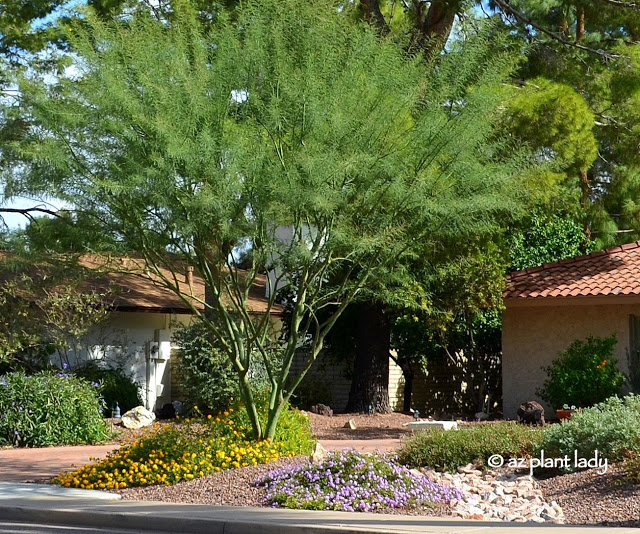
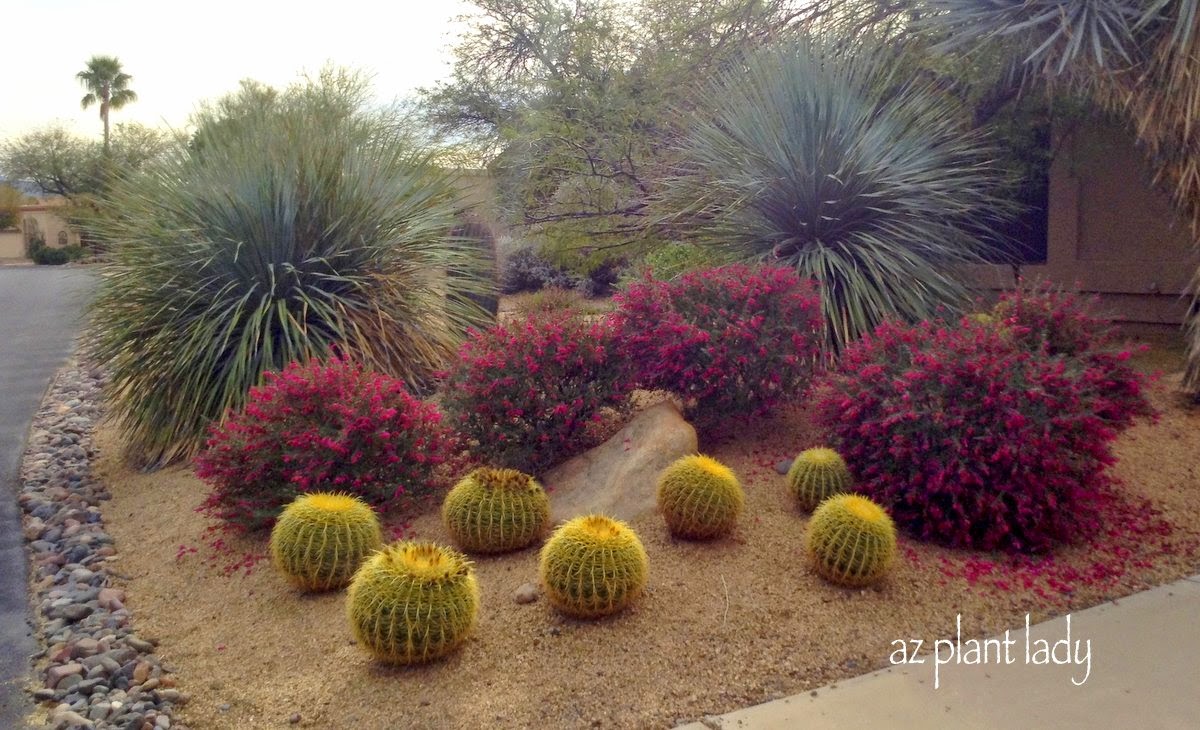
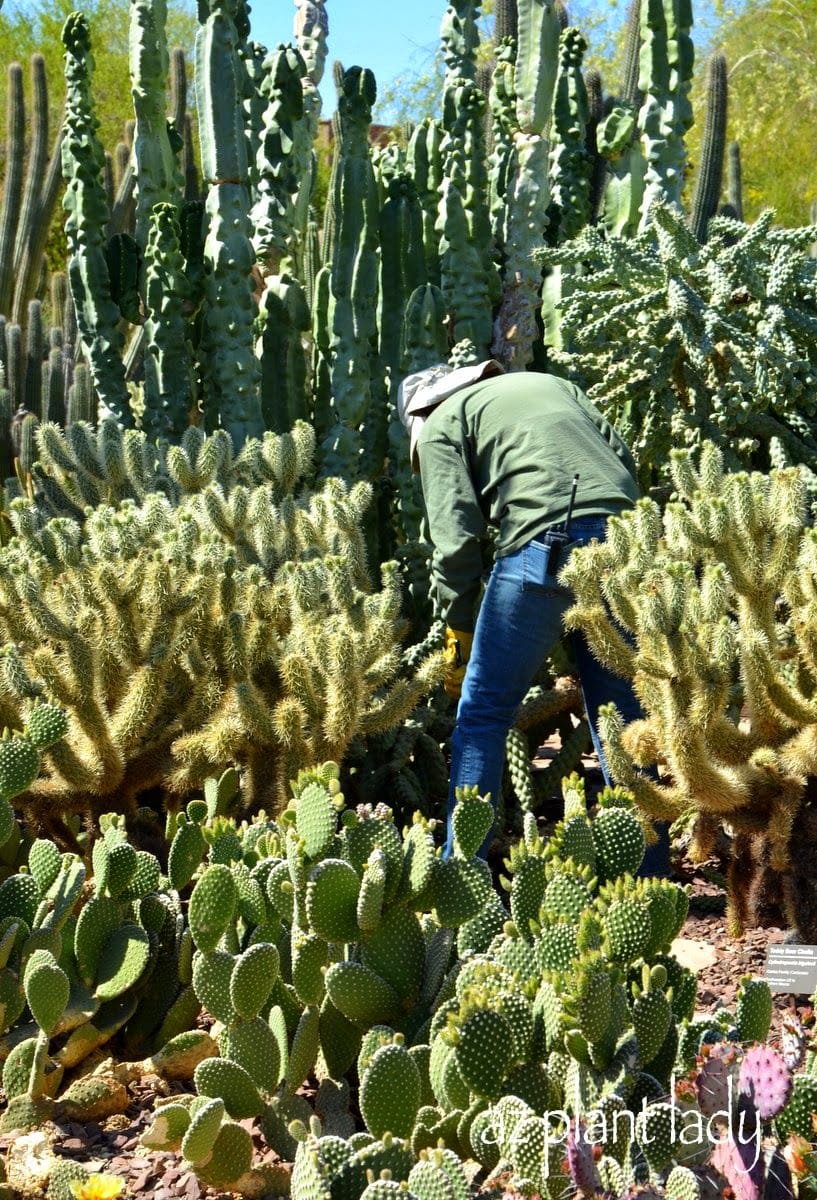
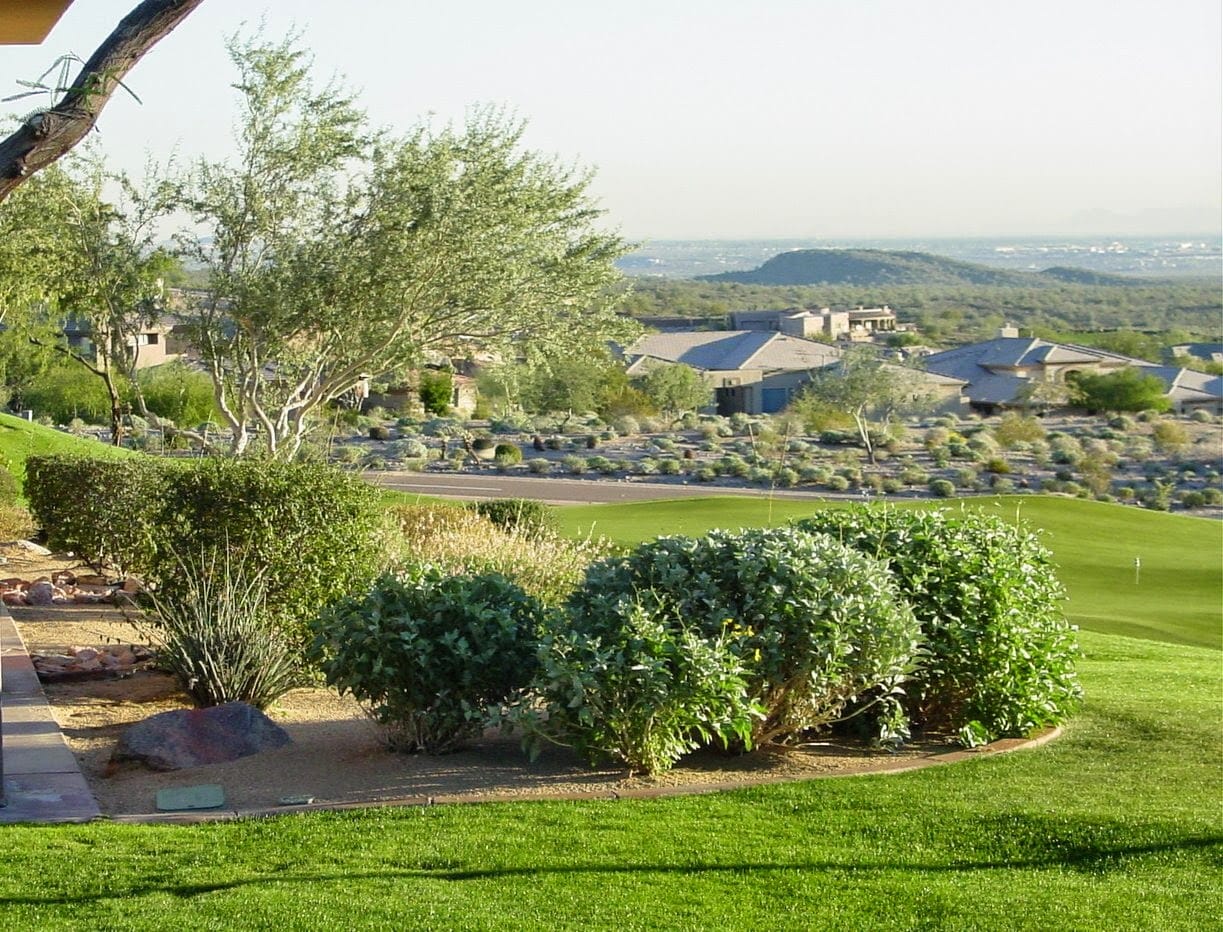

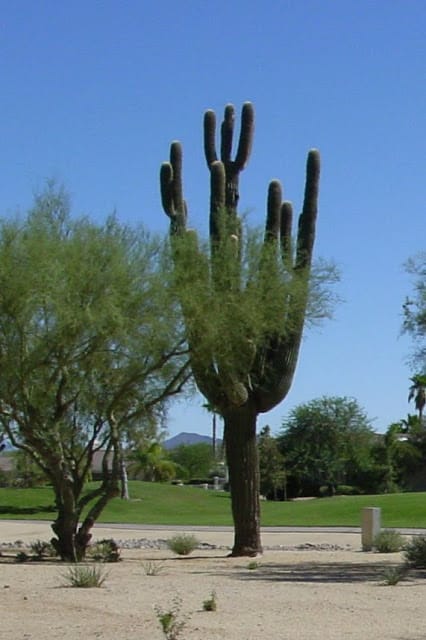






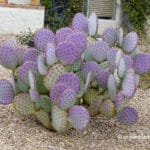

It's amazing how the plants that make up an environment are so intertwined and reliant on each other. It just goes to show how fragile it can all be. Knowing how it all works is obviously the secret to it's longevity. Great article.
Amazing! I knew nothing about these nurse plants and cactus vulnerability! Thank you for educating me!
To my surprise, there are quite a number of plants surviving in the desert and they are green too. Thanks for all this information. I really don't know much about desert plants. If I plant a cactus, I tend to kill them with overwatering and now my only desert plant left is the adenium or desert rose.
Here in the Karoo we have many small succulents which live out their whole lives in a little shade from big brother.
Very interesting post on coexistence in the nature. Does cactus do something for the nurse plant also? Protects it with his spikes?
Hi,
I was pleasantly surprised to find Pediocactus growing on our South Facing slope. Thanks for the info about the "nurse" plants, Now I understand them a lot better.
Rosey
Really very interesting. The fragile balance between plants is often so overlooked. Thanks for this post.
Thank you all for your comments.
I can think of one benefit for the nurse plants having cactus growing next to them. The presence of the cactus may make it harder for the plant itself to be trampled because animals or humans will move aside to avoid running into the spines of the cactus.
Noelle
The first time I heard of nurse plants was while reading one of Scott Calhoun's desert-gardening books. I'd forgotten about them until reading this post. It's fascinating, and your pics illustrate it so well.
It's like reading about another planet for me – wonderful.
But if the young cacti take nutrients from the nurse plants – do they sometimes count as parasites?
I got gripped by wondering what the plant is in the mid-distance that looks like a pile of cream and fuzzy caterpillars on a stick.
Lucy
Very interesting. I have heard of how established forest trees will nurse a young sapling with carbohydrates through root grafting until the youngster is tall enough to reach the sunlight itself. How nice to learn that the desert has its version as well!